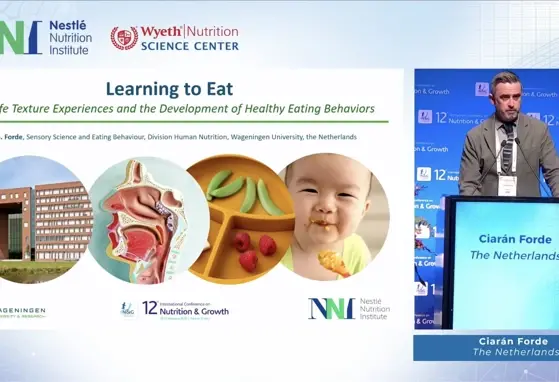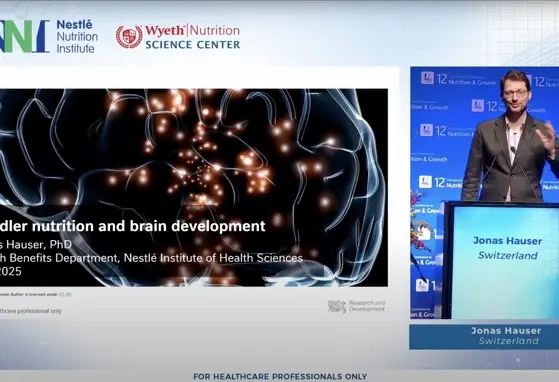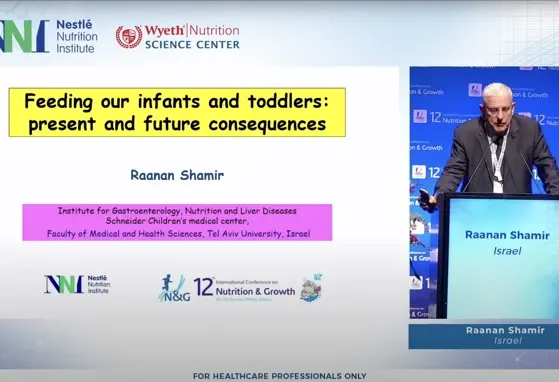A Narrative Review of Childhood Picky Eating and Its Relationship to Food Intakes, Nutritional Status, and Growth
Picky eating, which is also referred to as fussy eating, selective eating, faddy eating, and choosy eating, is a complex behavior that broadly refers to a combination of traits. As children start complementary feeding and become exposed to an increasingly diversified diet, many begin to exhibit “picky eating” behaviors. The main characteristic of children perceived as picky eaters is their tendency to avoid certain foods or food groups. In this review, studies that assessed the food preferences and/or intakes of energy, macronutrients, and micronutrients of children perceived as picky eaters (e.g., as collected through food records), or measures of growth, are presented to better understand the nutritional and clinical consequences of picky eating among children.
While picky eaters appear to consume less vegetables compared to non-picky eaters, no consistent differences were observed for the intakes of other food groups or the intakes of energy, macronutrients and dietary fiber. Relative to recommended intake values, both picky eaters and non-picky eaters had higher protein intake in all ages and lower fat intake during age of 1-3 years, but not in the older ages. Dietary fiber intakes need to be increased in children in general, regardless of their picky or non-picky eating behavior. Vegetable intake was low in general and even lower in picky eaters. Picky eaters had lower fish and whole grain intakes compared to non-picky eaters in few assessed studies, but this remains to be further investigated. No consistence difference in intake of other assessed foods (i.e., fruit, meat, refined grains, fruit, dairy, desserts, confectioneries, savory snacks,and sugar-sweetened beverages) between picky and non-picky children.
Picky eaters had significantly lower intakes of certain micronutrients such as iron, zinc, vitamins A, B1, B2, B3, B6, C and E, compared to non-picky eaters, although intakes in most of these studies were close to recommended values. However intakes of some nutrients such as iron and zinc were below recommendations in both groups, making it equally important to address these gaps in the general population.
No consistent relationship between childhood picky eating and growth status was observed, although significant differences in body weight/growth between picky and non-picky eaters were most discernible in studies where multiple defining criteria were used to identify picky eating. Despite the lack of a “gold-standard” definition or tool available for identifying picky eaters, many studies have been published in recent years on the subject.
These narrative review include studies that assessed whether picky eating, which is often perceived by the parent or caregiver based on their child’s selective eating behaviors and limited food choices, is, in fact, consistently associated with measurable differences in food intake. The research area would benefit from the adoption of a uniform definition of picky eating. More longitudinal assessments are also required to understand the long-term impact of picky eating on nutritional status and growth.
If you liked this post you may also like


Learning to Eat: Early life texture experience in the development of eating behaviors and dietary patterns


Feeding our infants and toddlers: present and future consequences